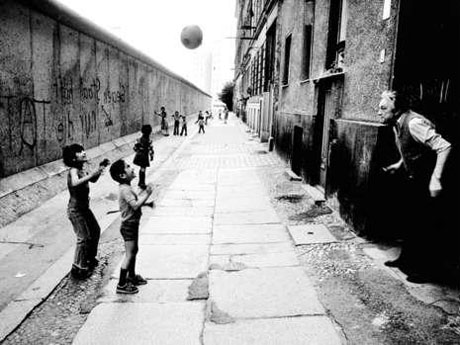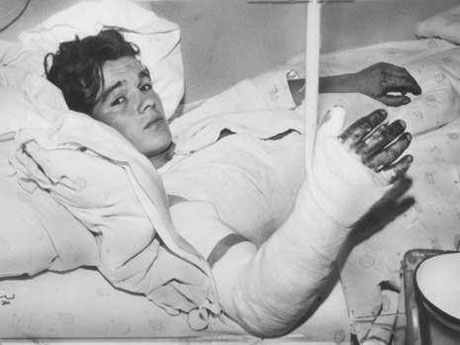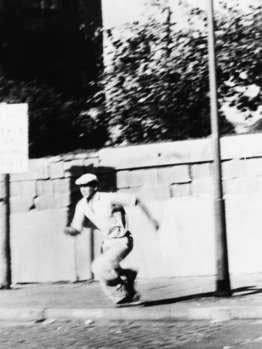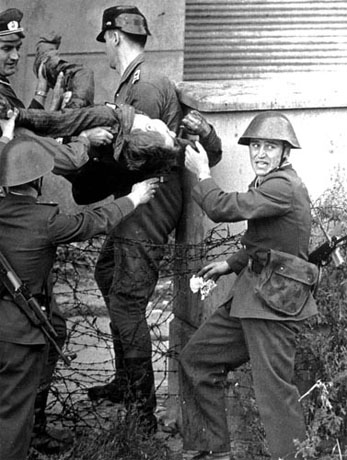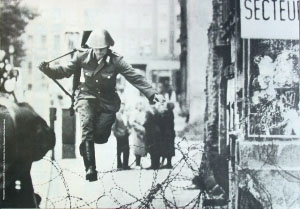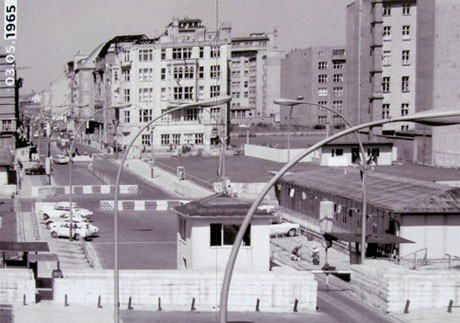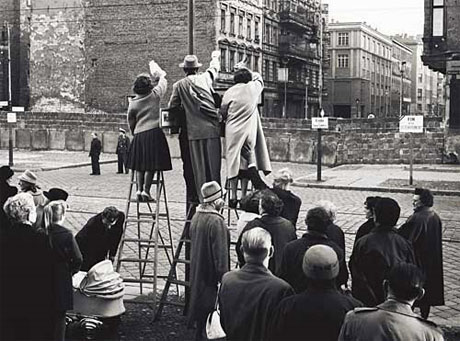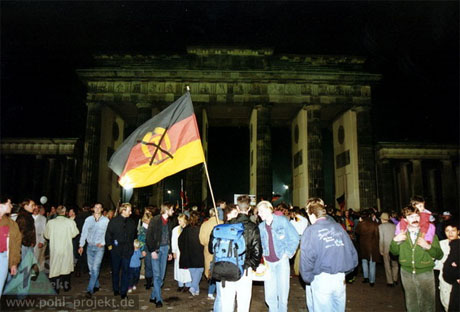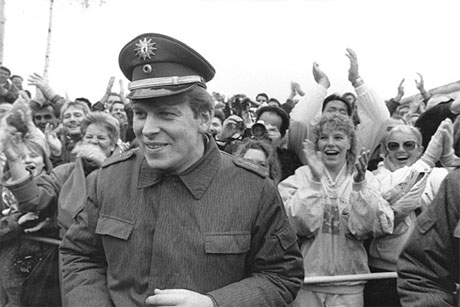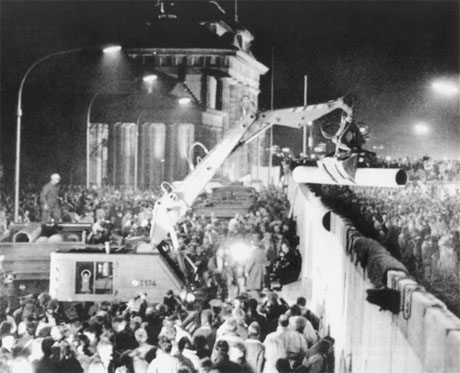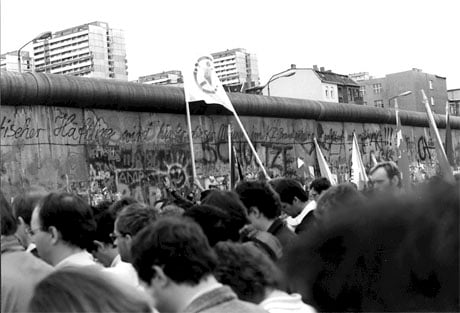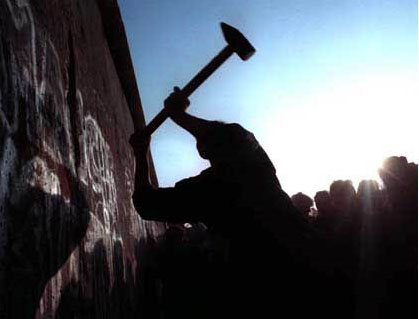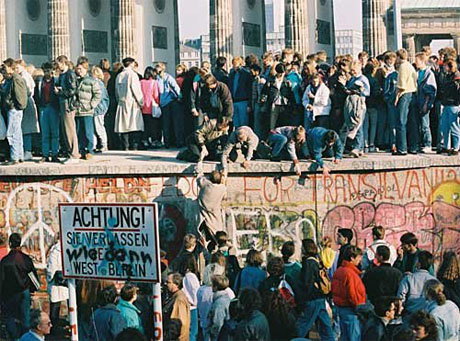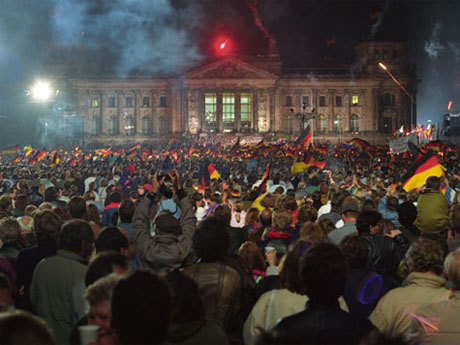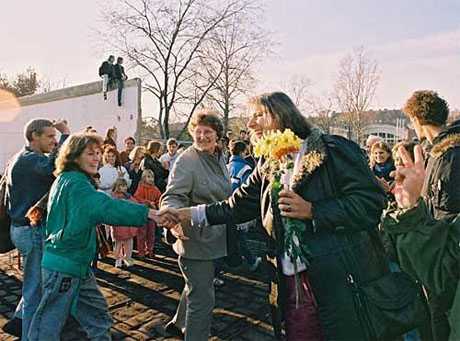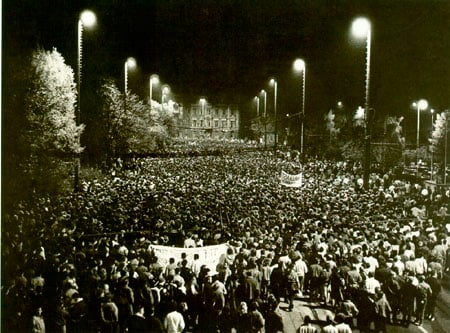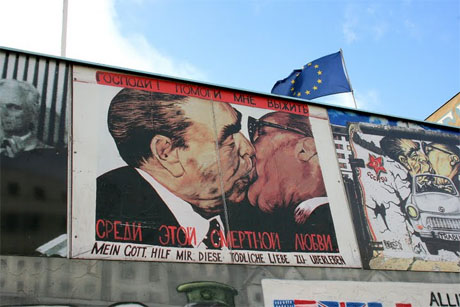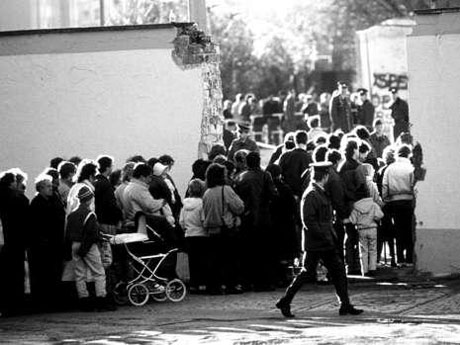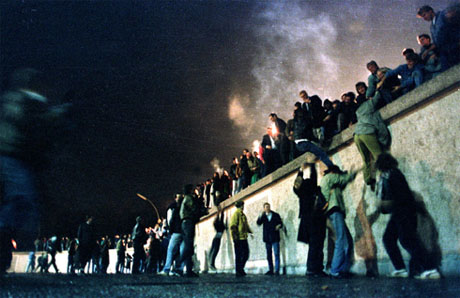They won. We will win, too (Photo)
11- 5.10.2009, 15:48
Europe celebrates the 20th anniversary of the fall of the Berlin Wall.
The fall of the Berlin Wall is the awful symbol of the 40-year division of the city, the German nation and the whole continent. The process of uniting the German state was very rapid, the website “European Belarus” writes.
Since the mid-1980’s, the situation in the German Democratic Republic became less quiet. While perestroika is being carried out in the USSR, the GDR leadership continued to ignore the signs of time. The opposition still suffers persecution. The number of those wanting to leave the GDR is growing. In the middle of August 1989, about 600 GDR tourists, who were on holiday in Hungary, fled to Austria. Hungarian border guards made no attempts to impede the escape. More over, Budapest lifted the Iron Curtain and allowed the GDR citizens to go to West.
The leadership of the Socialist Unity Party of Germany tries to reduce the flow of tourists to Hungary. Thousands of GDR citizens besieged the diplomatic representations of West Germany in Prague and Warsaw trying to gain permission to go to West. In late September, the foreign minister of West Germany Hans-Dietrich Genscher flew to Prague. He addressed the thousands of east Germans gathered near the FRG embassy and said they were permitted to go to West. Refugees hiding in the West German embassy in Warsaw got the permission as well.
The celebration of the 40th anniversary of the East Germany foundation at the begging of October 1989 turns in farce for the East German leadership. Paying no attention to the events in the country, the head of the party and government Erich Honecker heaped praises on East Germany and its social structure. Even calls of Mikhail Gorbachev to start reforms in East Germany were in vain. However, even the most part of the GDR leadership realized changes were inevitable. On October 18, Honecker had to yield his position to Egon Krenz.
The new SED leadership promised to carry out reforms. On November 4, about 400,000 demonstrators gather on Alexanderplatz in Berlin. They demand freedom of speech, resign of the government and free elections. Excitement rises in the country. The opposition in Leipzig unites around Evangelical church. About 500,000 people take part in a rally on November 6.
On November 9, all formalities regarding receiving visas for West Germany are minimized. Many East Germans go to the Berlin Wall on this day to find out the situation. Border guards don’t know about the new regulations and try to disperse the people, but have to yield and open checkpoints. The Berlin Wall shows its first sign of strain.
New head of West German government Hans Mordow assures changes are irreversible. He promises to reform the political system and economy of the East Germany. Mikhail Gorbachev says he welcomes the changes, but emphasizes the unification of Germany is not on the agenda. However, chancellor of West Germany Helmut Kohl presents his plan on reunification in late November.
The reunification takes les time than it was expected. The parliamentary elections in East Germany in March 1990 were a premise for forming the common German state. East German Christian democrats win the elections by a landslide. Their leader Lothar de Maiziere becomes the head of East German government. In the middle of May 1990 Kohl and Maiziere signed the treaty on establishing an economic, monetary and social union. In May 1990, negotiations "Two Plus Four Treaty" start in Bonne. Both German states, and four countries-winners the USSR, US, France and UK) take part in the negotiations. A question on joining military blocs by the future united Germany is the most disputable.
At a meeting in Zheleznovodsk on July 16, 1990, Kohl and Gorbachev agree on all disputable issues. Gorbachev agrees on Germany’s joining NATO. The terms of soviet troops pullout from East Germany are defined. The West German government assumes obligations within the frames of economic cooperation with the Soviet Union. This agreement and recognizing Oder-Neisse line as the German-Poland border are the finidshing strokes to the reunification.
On October 3, 1990, the GDR joins the zone of the FRG’s Basic Law. In other words, Germany becomes a united country.
